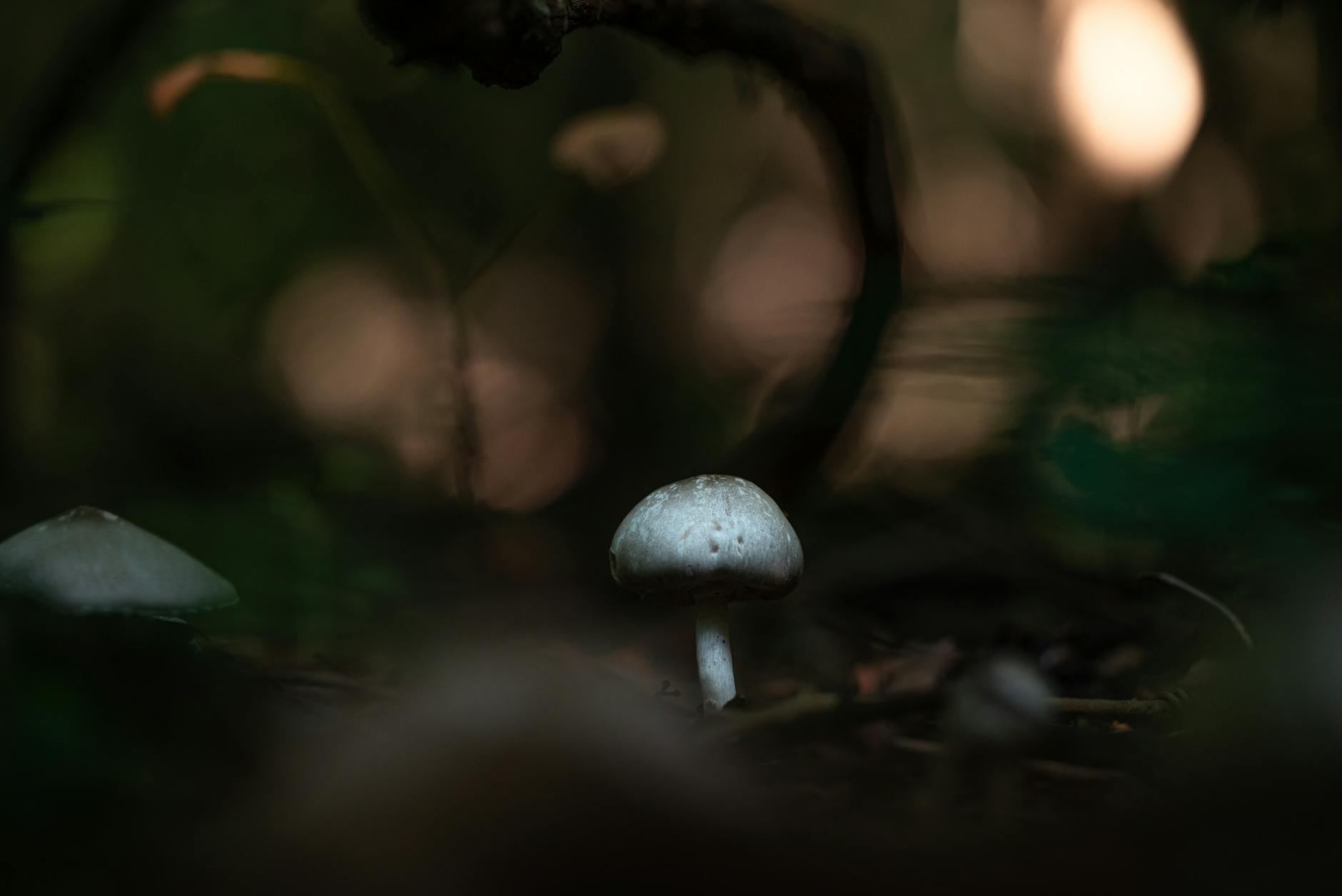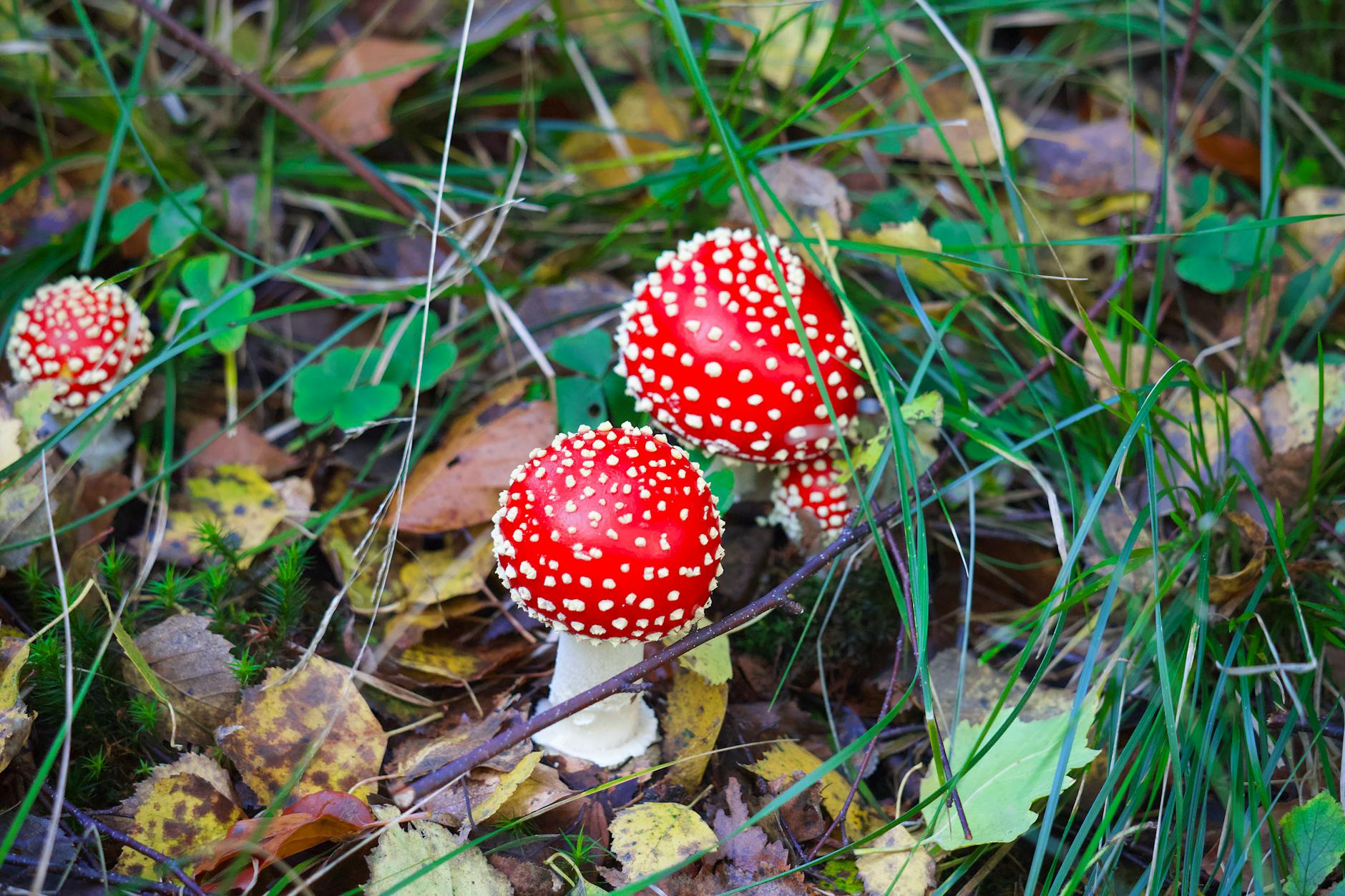Foraging for mushrooms can be a rewarding and enjoyable activity for nature enthusiasts and foodies alike. However, before you head out to public lands in search of these delicious fungi, it’s essential to be aware of the legalities surrounding mushroom foraging. Understanding the rules and regulations governing foraging on public lands can help protect the environment, ensure your safety, and prevent any legal issues. In this article, we will explore some essential legal tips for mushroom foraging on public lands.
Understanding Public Land Regulations
When it comes to foraging for mushrooms on public lands, such as national forests, state parks, and other government-owned areas, it’s crucial to familiarize yourself with the specific regulations that govern these spaces. Different public lands may have varying rules regarding foraging, including restrictions on the types and quantities of mushrooms that can be harvested, designated foraging areas, and permit requirements. Before setting out on your mushroom hunting expedition, research the rules and regulations of the public land you plan to visit to ensure compliance.
Respect Property Rights
While public lands are open to the public for recreational activities like hiking and wildlife viewing, it’s important to remember that foraging for mushrooms may not always be allowed in certain areas. Some public lands, especially those designated as protected areas or sensitive habitats, may prohibit or restrict mushroom foraging to preserve the ecosystem and prevent overharvesting. Respect any signs, barriers, or guidelines that indicate where foraging is prohibited, and always obtain permission from landowners if you plan to forage on private property.
Follow Sustainable Foraging Practices
Sustainable foraging practices are essential to ensure the long-term viability of mushroom populations and protect the ecosystems where they grow. When foraging for mushrooms on public lands, adhere to the principles of sustainable harvesting, such as only taking what you need, leaving some mushrooms behind to spore and reproduce, and avoiding damage to the surrounding vegetation. By practicing responsible foraging, you can help preserve the natural environment and ensure that future generations can also enjoy the bounty of wild mushrooms.
Obtain Permits When Necessary
In some public lands, such as national forests or state parks, a permit may be required for collecting mushrooms for personal use. These permits help land managers track and monitor foraging activities to prevent overharvesting and ensure sustainable practices. Before embarking on a mushroom foraging excursion, check with the appropriate land management agency to determine if a permit is needed and how to obtain one. Failure to secure the necessary permits could result in fines or other legal consequences.
Stay Informed About Seasonal Restrictions
Certain mushrooms have specific growing seasons, and some public lands may implement seasonal restrictions on foraging to protect vulnerable species or allow for natural regeneration. Stay informed about the seasonal restrictions in place for the mushrooms you intend to forage, as well as any temporary closures or bans that may be enacted due to environmental conditions or wildfire risk. By staying up-to-date on seasonal regulations, you can ensure that your mushroom foraging activities align with conservation goals and legal requirements.
Conclusion
Foraging mushrooms on public lands can be a rewarding and fulfilling experience, but it’s crucial to be aware of the legal considerations that come with harvesting wild fungi. By understanding and following the regulations, respecting property rights, practicing sustainable foraging, obtaining permits when necessary, and staying informed about seasonal restrictions, you can enjoy a safe and legal mushroom foraging adventure while helping to protect the environment. Remember to always research and plan ahead before heading out to forage for mushrooms, and prioritize conservation and responsible stewardship of our public lands.


